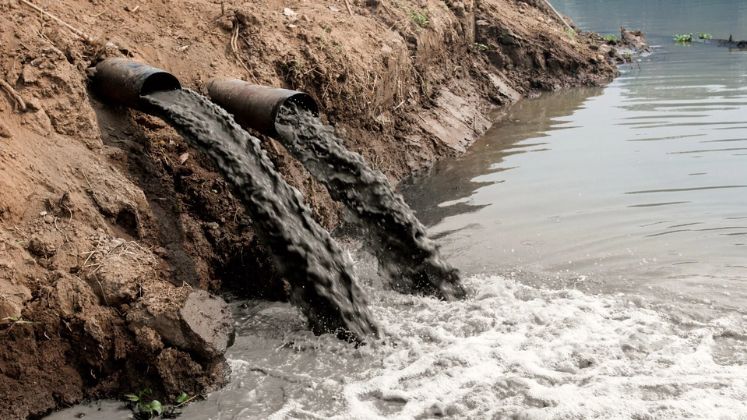
Hazardous hormone-disrupting chemicals have been found in clothing, including innerwear, sold all over India, as well as in the surface water of five rivers close to textile hubs, according to a recent investigation by an NGO.
Around 15 of the 40 textile goods analysed had nonylphenol ethoxylates (NPEs), a class of endocrine-disrupting chemicals, according to a study by Toxics Link that was released in a report titled Toxic Threads: Assessing Nonylphenol in Indian Textiles and the Environment.
According to the report, published on Monday, these clothes were purchased from well-known retail stores and online marketplaces in ten significant textile hubs throughout the nation.
Innerwear accounted for ten of the NPE-contaminated goods, with one female hosiery product having the highest concentration (957 mg/kg). The report also found that NPEs were present in 60 per cent of the clothing items examined for babies and kids.
According to Toxics Link’s analysis, NPEs and their breakdown product, nonylphenol (NP), are known to mimic oestrogen, upsetting the hormonal balance and raising the risk of cancer and developmental issues.
These chemicals are still widely utilised in India’s textile industry and other industrial sectors, such as leather, detergents, food packaging, and cosmetics, despite their known health concerns, the report stated.
Additionally, the study examined environmental samples and found NPEs in the surface water of five rivers: the Sabarmati in Ahmedabad, the Bandi River in Pali, the Buddha Nullah in Ludhiana, and the Cooum and Adyar in Chennai.
In sediment samples, the Buddha Nullah had the highest NP contamination at 460 micrograms/kilogramme and mixed isomers at 1,190 micrograms/kilogramme, while the Cooum had the highest NPE content at 70 micrograms/liter.
These pollutants were only found downstream, close to textile centres, suggesting that industrial discharges were the most likely source. Aquatic ecosystems and human health are under long-term risk from NP, which is persistent and bioaccumulative in nature.
According to the research, India simply limits NP in cosmetics, but other nations have implemented more extensive laws because of its toxicity.
Toxics Link has demanded a national action plan to control the use of NP in textiles, which would include promoting safer, biodegradable alternatives and tighter monitoring of industrial effluent.






